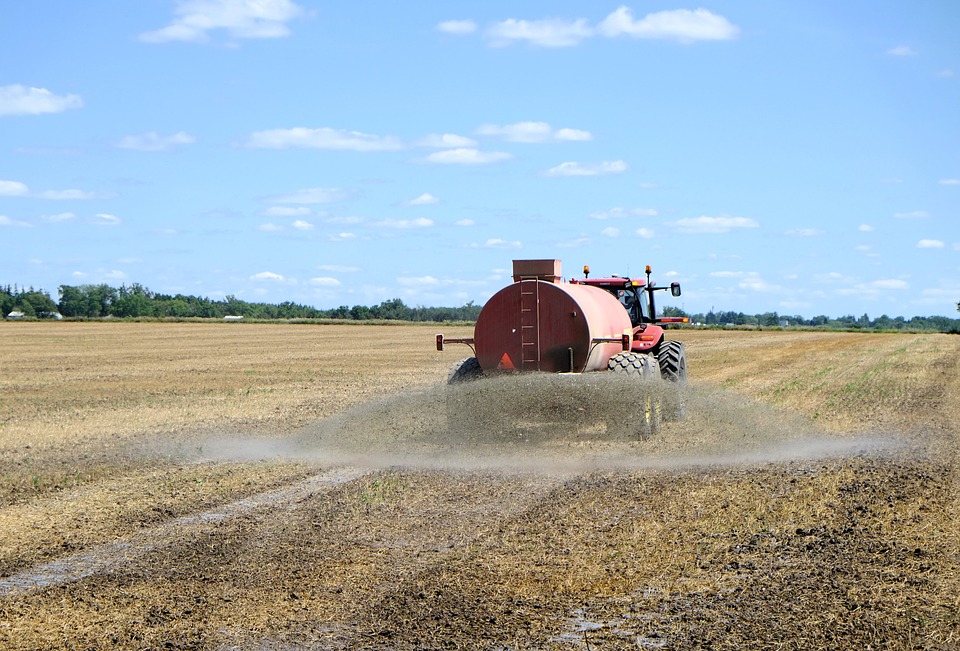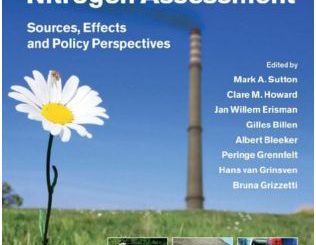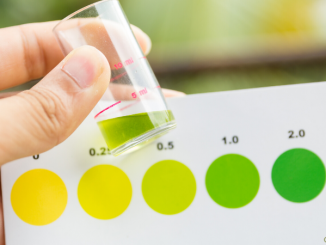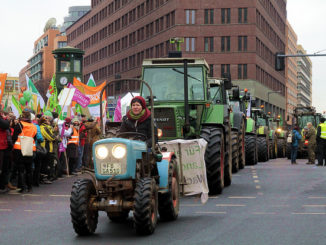
“Itai-Itai!” This is Japanese for “it hurts! It hurts!”. It is also the name of a disease that emerged in the early 20th Century in the Toyama area (prefecture) of Japan, due to cadmium poisoning.
“Itai-Itai disease” was the name locals gave to their severe spinal and joint pains. Though locals did not know it at the time, cadmium poisoning can also cause softening of the bones and kidney failure.
It came about because of two neighbouring, interconnected practices: mining and rice irrigation. The cadmium was released into rivers by mountainous mining companies. It and other heavy metals settled on the riverbed floor. So when river water was used to irrigate the paddy fields, the soil, and then the people, were poisoned.
In a classic example of the dictum ‘don’t learn late lessons from early warnings’ the problem emerged as early as 1912, while the compensation payouts only began as late as the 1970s.
From 1980s to 2012 a massive soil replacement programme cleaned the polluted rice paddy fields. Because of this, the cadmium content in rice has been “markedly decreased” according to Keiko Aoshima, director of the Hagino hospital and published author on the topic. His 2016 article in the peer reviewed journal “Soil Science and Plant Nutrition” states that “Cd nephropathy” (i.e. kidney disease caused by cadmium) “ is still prevalent, progressive and irreversible among the inhabitants of the Jinzu River basin, and new occurrences of itai-itai disease are found even today.”
This may seem as relevant as the start of many a fairy tale – “long long ago and far far way” – to those of us on this island floating off the north west of Europe.
However the EU has been trying, unsuccessfully, to reduce cadmium exposure in its citizens for years. The source of cadmium contamination of European soil? Mineral fertilizers.
According to a European Parliament report from December 2016:
“The long-term use of mineral phosphorus fertiliser has contributed to increased cadmium concentrations in agricultural soils. There are indications that crops produced by organic farming, specifically cereal crops, have comparatively low cadmium concentrations, although this is not certain.”
It continues
“This is highly relevant to human health because food is the dominant route of human exposure to cadmium in non-smokers. The population’s current cadmium exposure is close to, and in some cases above, tolerable limits. There have been no studies comparing the effects of long-term organic vs. conventional farm management on cadmium concentration in crops. However, long-term experiments over more than 100 years indicate that cereal crops fertilised with mineral fertiliser tend to have a higher cadmium content compared to cereal crops fertilised with animal manure. This issue is highly relevant to human health and deserves further investigation.”
Moreover “a meta-analysis by Barański et al. included a total of 343 original peer-reviewed studies published between 1977 and December 2011.” This revealed “a 48 % higher cadmium content in conventional crops.”
It adds: “Fertilisation strategies developed and used in organic agriculture, and limits for the cadmium content in mineral fertilisers, constitute potential strategies for decreasing the cadmium concentration in conventionally-produced crops.”
However, as is typical, this human health impact is not paid for anywhere in the conventional food chain. Concurrently, organic crops, with their lower yield but also, arguably, lower cadmium levels, cost more per tonne to produce and for the consumer in the form of foodstuffs.
The public health purse takes up the slack, so it’s the tax payer who pays. The organic consumer self-taxes by purchasing the more expensive product – thereby paying twice.
And yet, in the strange word of EU institutions and its reporting, another recent document somehow states “the expected additional costs of introducing mandatory or voluntary maximum threshold levels for cadmium in inorganic fertilizer are larger than the expected benefits.”
It seems unlikely that 21st Century Europeans have a higher pain threshold than early 20th Century Japanese.
This article by Oliver Moore first appeared in the Irish Examiner newspaper’s farming section.
More
The Three Most Important Human Health Implications of Organic Food
Open Letter: Revision of the EU fertiliser regulation and cadmium





